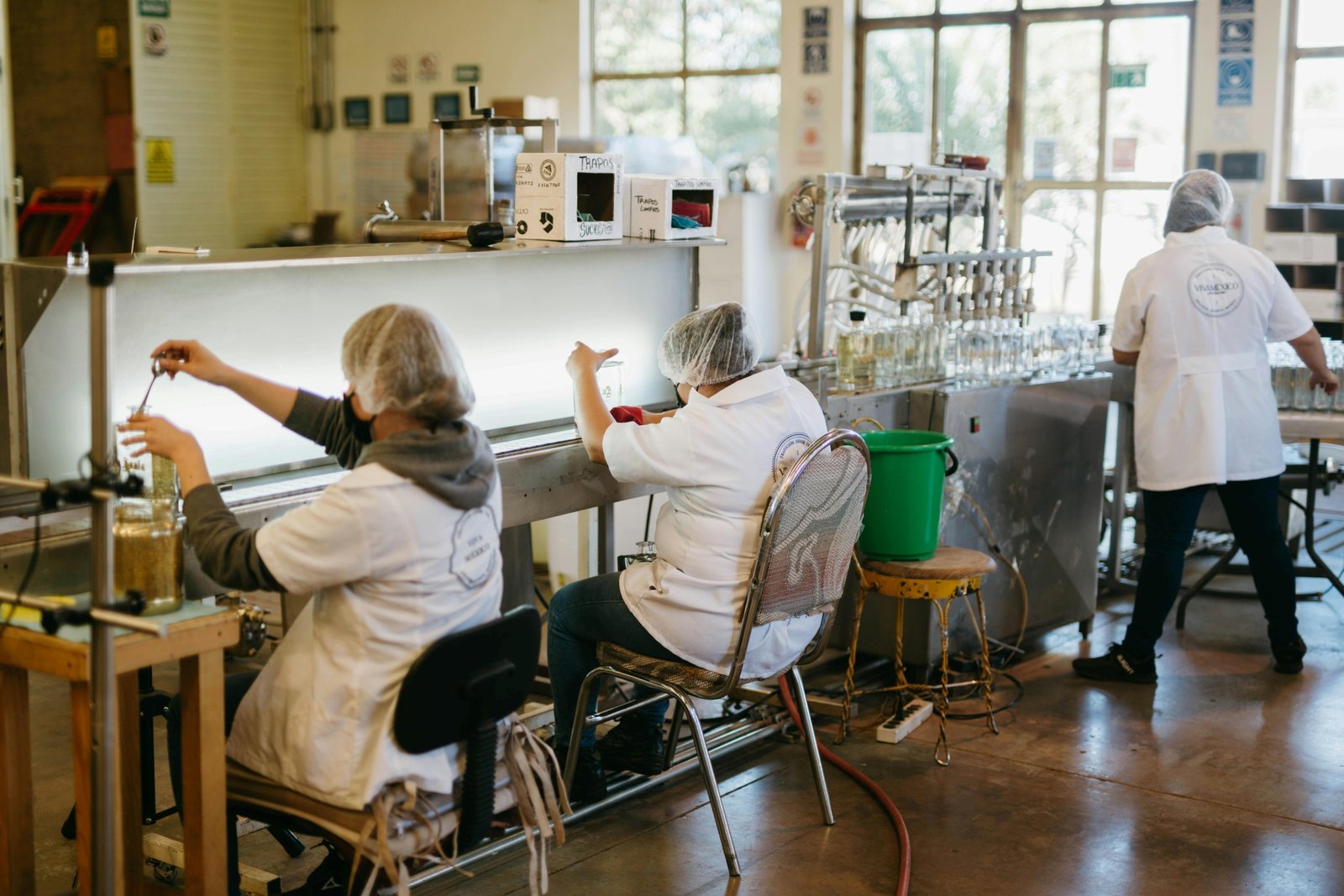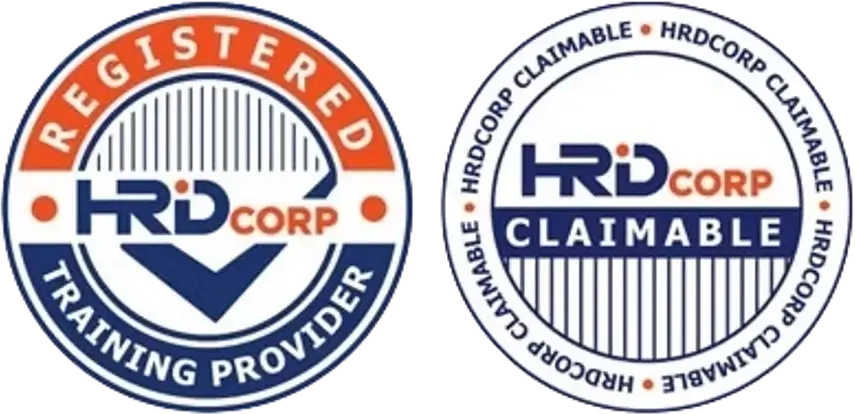What’s the Difference Between Control Measures and Monitoring in ISO 22000?
In food safety management, many companies confuse two crucial terms: control measures and monitoring.
Both are required by ISO 22000, but they serve very different purposes.
Let’s break it down clearly—so your team can understand, apply, and stay compliant with the standard.
✅ Quick Definitions (Straight from ISO 22000 Logic)
-
Control Measures = Actions or activities used to eliminate or reduce food safety hazards to acceptable levels
-
Monitoring = The act of conducting a planned sequence of observations or measurements to assess if control is being maintained
Think of it like this:
Control Measures = Prevention
Monitoring = Checking

📌 Examples of Control Measures
| Hazard | Control Measure |
|---|---|
| Pathogens | Heat treatment (e.g. cooking to 75°C) |
| Allergens | Dedicated lines or thorough cleaning between runs |
| Foreign objects | Sieving or metal detectors |
| Chemical contamination | Approved suppliers + COAs |
📌 Examples of Monitoring Activities
| Control Measure | Monitoring Activity |
|---|---|
| Heat treatment | Log and verify cooking temperature every batch |
| Cleaning | Visual inspection + swab test post-cleaning |
| Sieving | Record sieve integrity checks every shift |
| Metal detection | Validate detector sensitivity daily + test cards |
🔍 Key Differences in Point Form
1. Purpose
-
✅ Control Measures: Prevent or reduce hazards
-
✅ Monitoring: Ensure control measures are working
2. Timing
-
✅ Control Measures: Implemented before or during the process
-
✅ Monitoring: Happens during or after process execution
3. Documentation
-
✅ Control Measures: Found in HACCP plan or OPRP list
-
✅ Monitoring: Recorded in logs, checklists, or digital tools
4. Personnel Involved
-
✅ Control Measures: Usually performed by operators or automation
-
✅ Monitoring: Often handled by supervisors, QA team, or automated systems
5. Outcome
-
✅ Control Measures: Prevent hazard entry or growth
-
✅ Monitoring: Detect loss of control and trigger corrective action
🧩 Where Do They Appear in ISO 22000?
-
Control Measures = Covered in Clause 8.5.2 – Hazard control plan
-
Monitoring Procedures = Found in Clause 8.5.4 – Monitoring systems at CCPs and OPRPs
⚠️ Common Pitfalls (To Avoid!)
-
Confusing “monitoring” with “verification” (e.g. spot-checking logs is verification, not monitoring)
-
Having control measures without defined monitoring frequency
-
No written procedures for how to monitor, who’s responsible, and what to record
-
Failure to analyze monitoring records during internal audits
📈 Why This Matters for ISO 22000 Certification
-
Auditors often find gaps where companies perform control measures but don’t monitor consistently
-
Poor monitoring leads to unnoticed failures, product recalls, and non-conformities
-
Monitoring is essential to enable corrective actions before a food safety breach occurs

🏁 Final Thoughts
To pass an ISO 22000 audit and protect your consumers:
-
Don’t just set up control measures—prove they work
-
Don’t just monitor—act on the results
Both control and monitoring are essential links in your Food Safety Management System (FSMS) chain.
👉 Want to improve your monitoring procedures or verify if your control measures are aligned with ISO 22000?
Contact CAYS Scientific for expert help in building a resilient, audit-ready FSMS.


